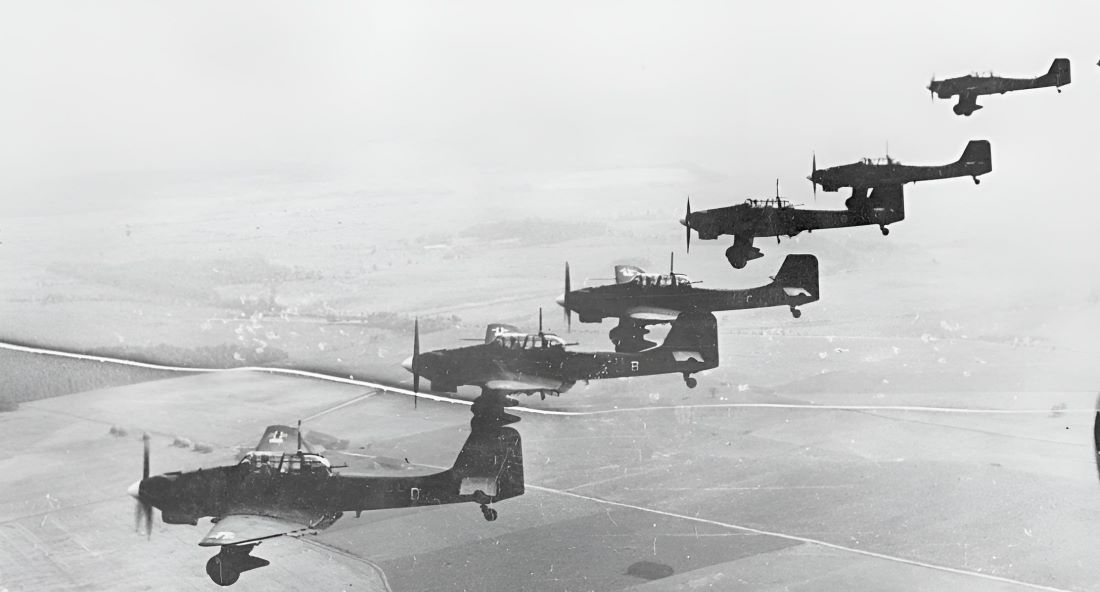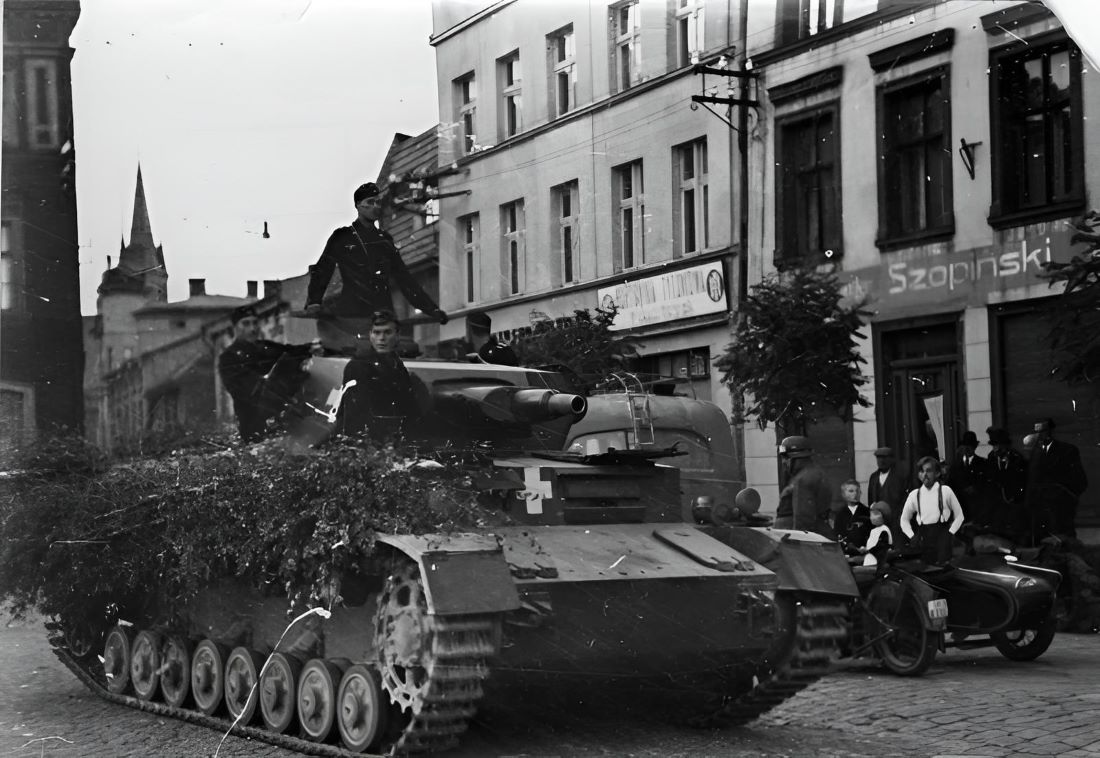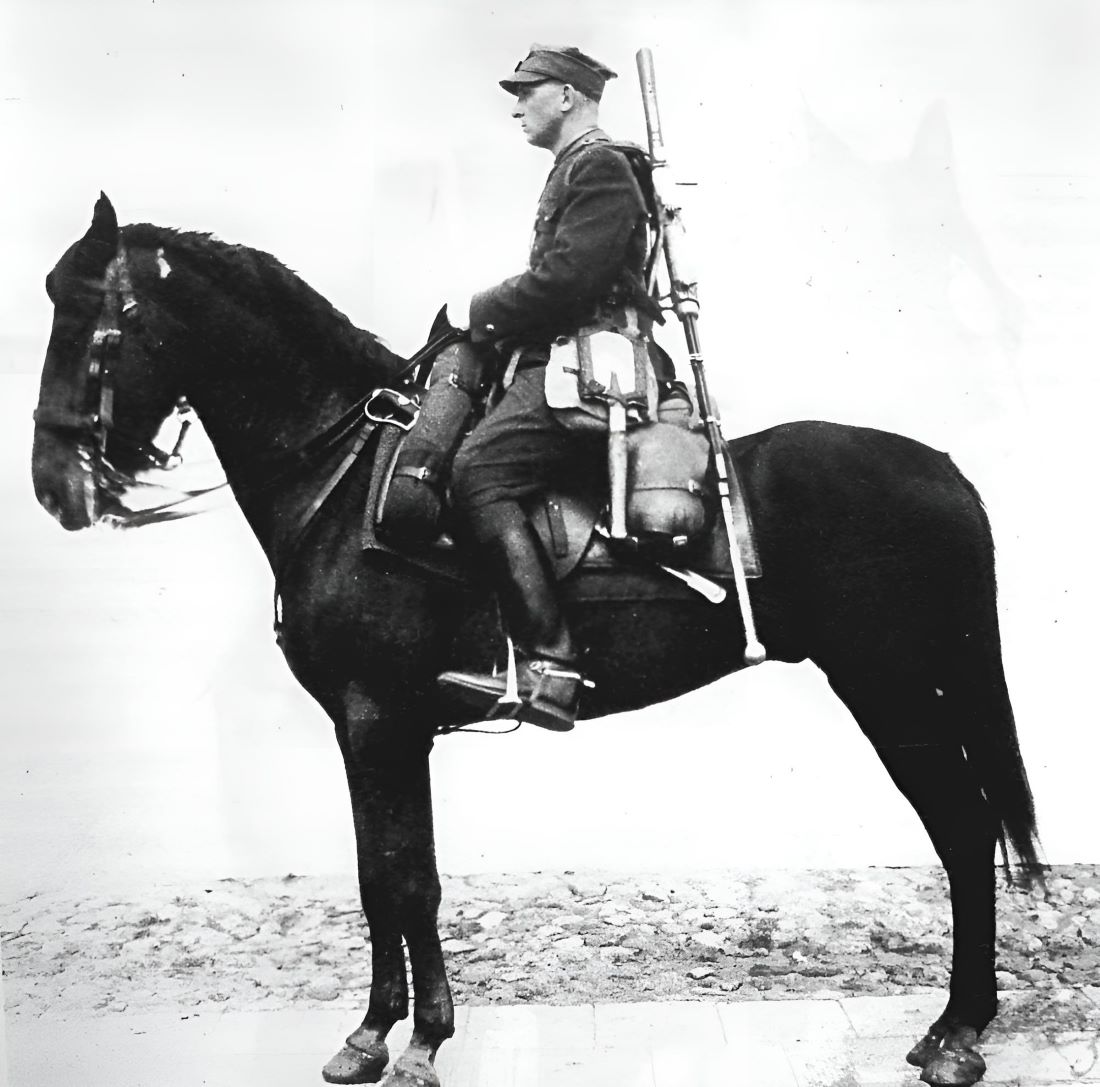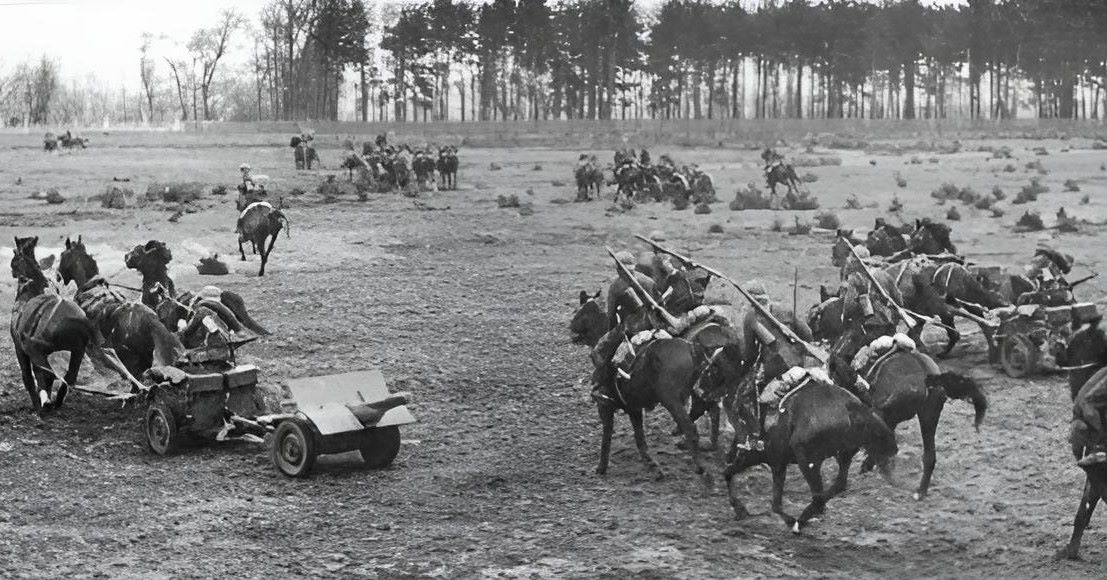The clash between Polish cavalry and German tanks in September 1939 has long been a subject of fascination and debate among historians and military enthusiasts alike. At first glance, the question of whether Polish cavalry charged at German tanks seems to demand a simple yes or no. However, the reality is far more complex, with both “yes” and “no” being accurate under different contexts. To truly understand the intricacies of this historical event, a detailed analysis is essential, revealing the layers of strategy, misconception, and heroism that characterized the opening chapter of World War II.
German vs. Polish Strategies
In September 1939, the German and Polish armed forces represented two very different philosophies of warfare, both in terms of strategy and technology. The German Wehrmacht, benefiting from years of rearmament and doctrinal innovation, had fully embraced the concept of Blitzkrieg or “lightning war.” This approach emphasized rapid movement, coordination between air and ground forces, and the use of armored units to break through enemy lines and encircle them. The core of this strategy was the Panzer divisions, supported by waves of Stuka dive-bombers, which allowed for swift and devastating attacks. The effectiveness of the Blitzkrieg was a testament to Germany’s anticipation of modern warfare, focusing on mobility, speed, and the element of surprise.

On the other hand, the Polish military was caught in a transitional phase, still preparing for a conflict reminiscent of the First World War, with a slower pace and heavily reliant on fortifications and infantry. Despite having modernized parts of its army, Poland’s mobilization efforts were incomplete when the invasion began. The Polish High Command had not fully realized the extent to which warfare had evolved, particularly underestimating the impact of armored and air forces in combined operations. While Poland did possess cavalry units, these were not intended to charge at tanks but to serve as highly mobile infantry. Misinterpretations and propaganda have since exaggerated these engagements, overshadowing the fact that the German army also utilized horses for logistical support, including pulling artillery. The stark contrast in readiness and understanding of modern warfare left Poland vulnerable to Germany’s innovative tactics, marking a devastating opening to World War II.

Polish Cavalry: September 1939 Encounter
The Battle of Krojanty, fought on September 1, 1939, as part of the larger Battle in the Tuchola Forest, stands as a poignant example of the misinterpretations that have clouded our understanding of the Polish cavalry’s role in the early days of World War II. This engagement saw the Polish 18th Pomeranian Uhlans, under Commander Kazimierz Mastalerz, launch a surprise cavalry charge against a resting German infantry unit, successfully forcing them into retreat. However, the arrival of German armored cars, and opening fire with machine guns, led to Polish casualties and a forced withdrawal. The battle concluded inconclusively from a tactical standpoint, but the Germans exploited it for propaganda, showcasing the fallen Polish soldiers and their horses to suggest a futile cavalry charge against tanks. Italian journalist Indro Montanelli’s account further cemented this narrative, portraying it as an act of bravery yet folly, symbolizing Poland’s alleged inability to adapt to modern warfare.

In reality, the Polish cavalry never charged at tanks. Polish military doctrine and tactics of the time dictated that cavalry units, when facing armored threats, were to dismount and engage using anti-tank rifles, particularly the Wz.35, capable of penetrating the armor of most German tanks at close range. The role of the cavalry was envisioned as highly mobile, tasked with laying anti-tank mines, creating obstacles, and conducting guerrilla operations. The myth of cavalry charges against tanks stems from a misunderstanding of their strategic use and a misrepresentation of their capabilities. The Polish cavalry was not an anachronism but a flexible force designed to exploit mobility and surprise, tragically outmatched by the rapid advancements in military technology and tactics of their adversaries.
Conclusion
As we conclude our exploration of the Polish cavalry’s role in the September 1939 campaign, it’s essential to address the pervasive myths surrounding their engagement with German forces. Steven J. Zaloga offers a critical perspective in “Poland 1939 — The Birth of Blitzkrieg,” stating, “If a single image dominates the popular perception of the Polish campaign of 1939, it is the scene of Polish cavalry bravely charging the Panzers with their lances. Like many other details of the campaign, it is a myth that was created by German wartime propaganda and perpetuated by sloppy scholarship. Yet such myths have also been embraced by the Poles themselves as symbols of their wartime gallantry, achieving a cultural resonance despite their variance with the historical record”. This reflection underscores the complexity of historical interpretation and the power of myth in shaping our understanding of the past.
Historical Challenge: Can You Conquer the Past?
Answer more than 18 questions correctly, and you will win a copy of History Chronicles Magazine Vol 1! Take our interactive history quiz now and put your knowledge to the test!

